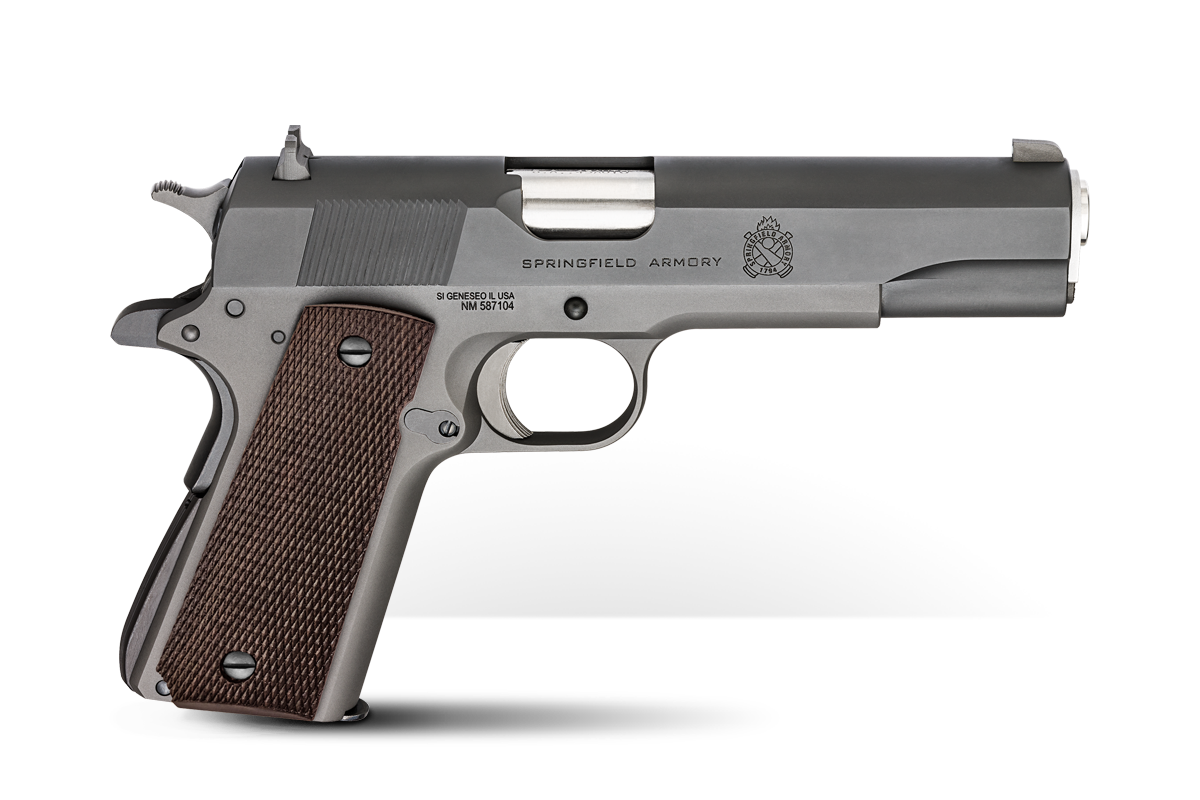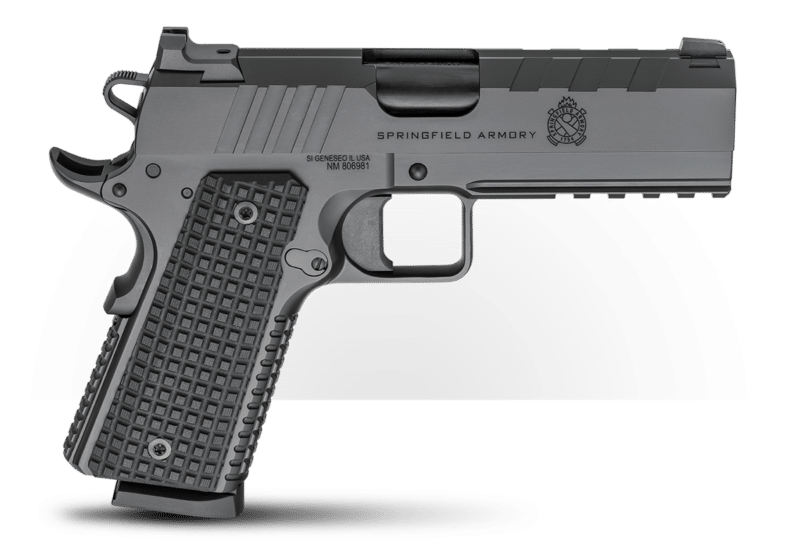Did This Almost Defeat the 1911?
April 21st, 2020
8 minute read
By the end of World War II, the German P.08 Luger had transcended legendary status and become an icon. Even those with extremely limited knowledge of firearms could identify a Luger. In many ways the Luger’s unique appearance became a symbol of German military might, and ultimately German aggression in two world wars.
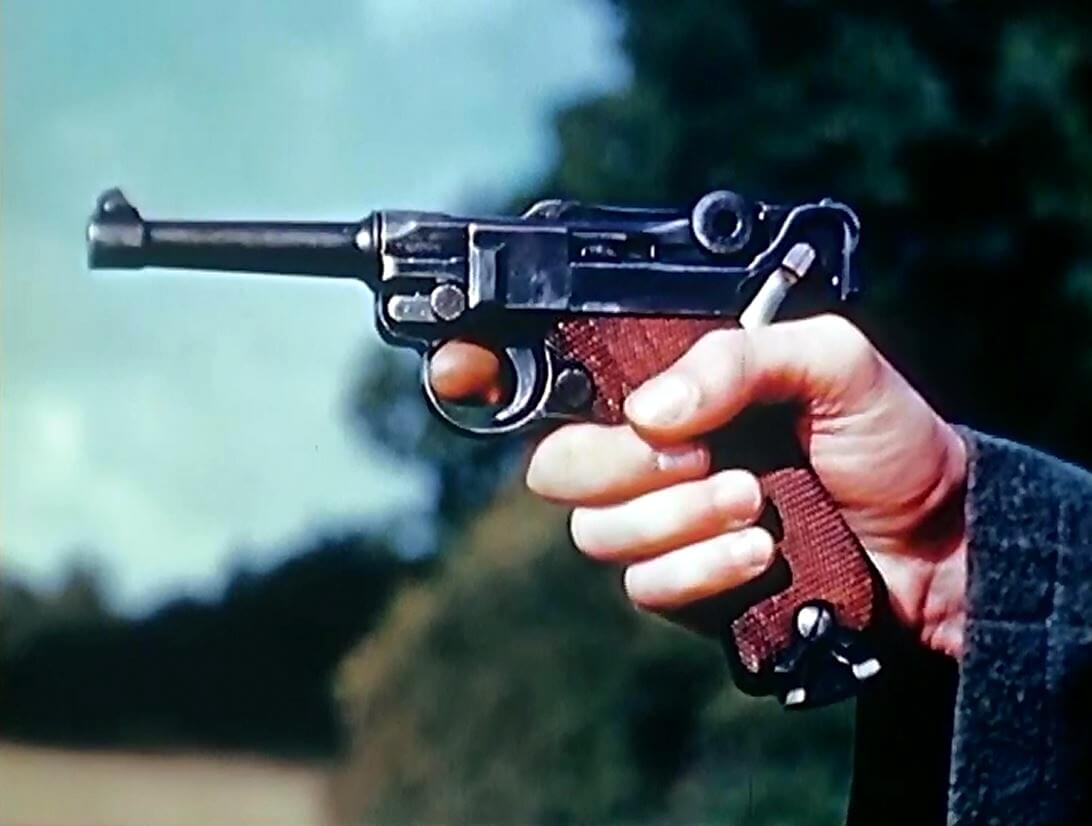
Just as the Luger would come to symbolize German aggression, the .45 caliber M1911 pistol became representative of America’s defense of liberty. John Moses Browning’s beefy sidearm packed a tremendous wallop and American troops relied on the M1911 from before World War I until after the Vietnam War.
In this article, we’ll examine one of the 1911’s greatest battlefield opponents, the 9mm P.08 Luger.
New Pistol, New Century
The Luger first appeared in combat in China in the hands of German troops during the multinational Peking Relief Mission of 1900. These pistols were the early Model 1900 Parabellum, chambered in 7.65×21mm Parabellum (also known as .30 Luger). The Luger pistol (made first in Switzerland and then in Germany) quickly made a significant impact on the international arms market. Many armies looked to test the Luger. One of them was even the United States.
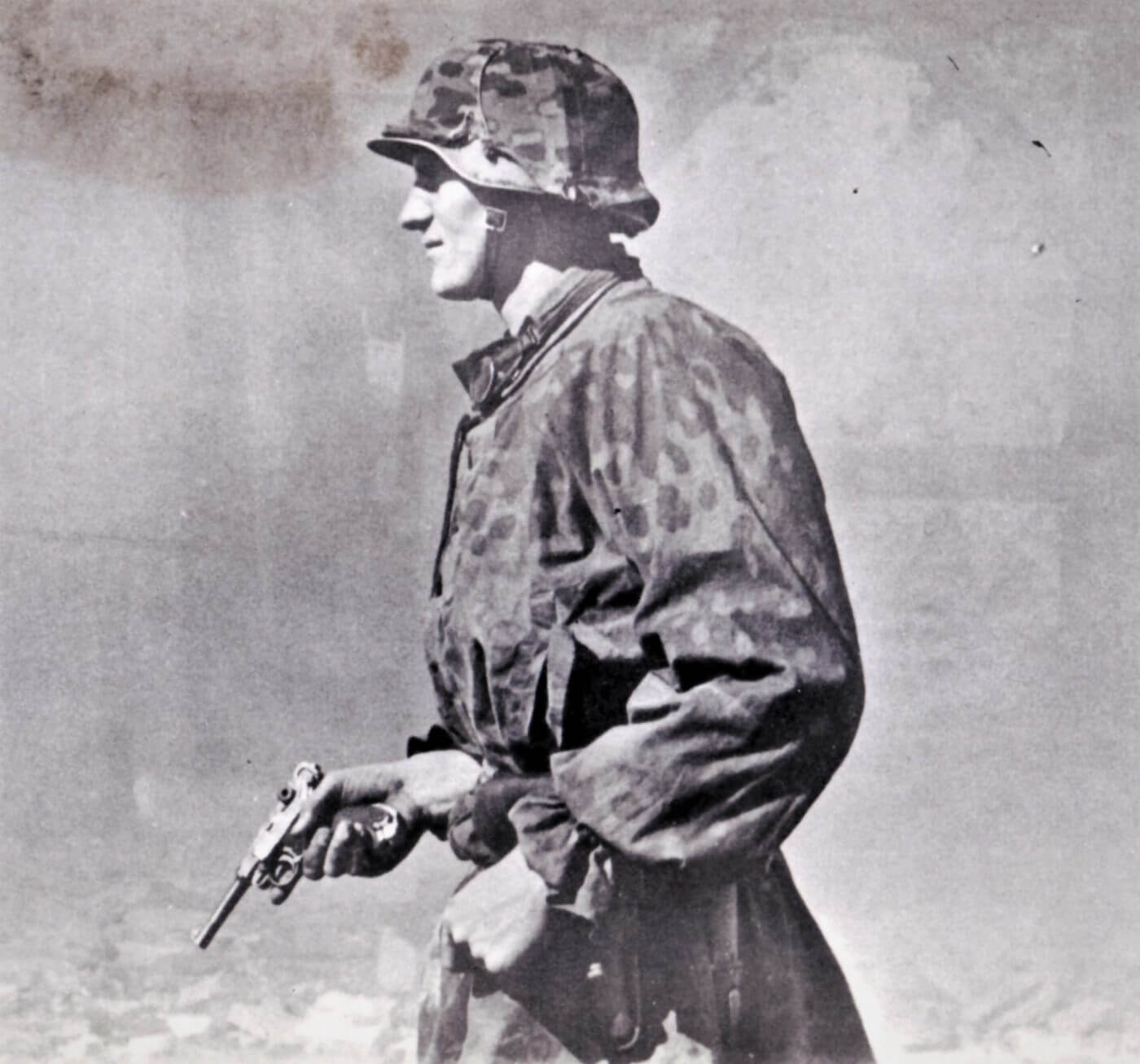
The American Luger
In April 1901, U.S. Ordnance purchased 1,000 of the Model 1900 Parabellum (in 7.65x21mm Parabellum) for testing with cavalry and field artillery troops, but found it lacking in stopping power. In 1904 the U.S. Army tested the latest model of the Luger (chambered in 9mm Luger), and also found it lacking in stopping power for their purposes. The U.S. Military was in the market for a more hard-hitting handgun than its current pistol, as the Colt M1892 .38 caliber revolver had proven incapable as a “man-stopper”.
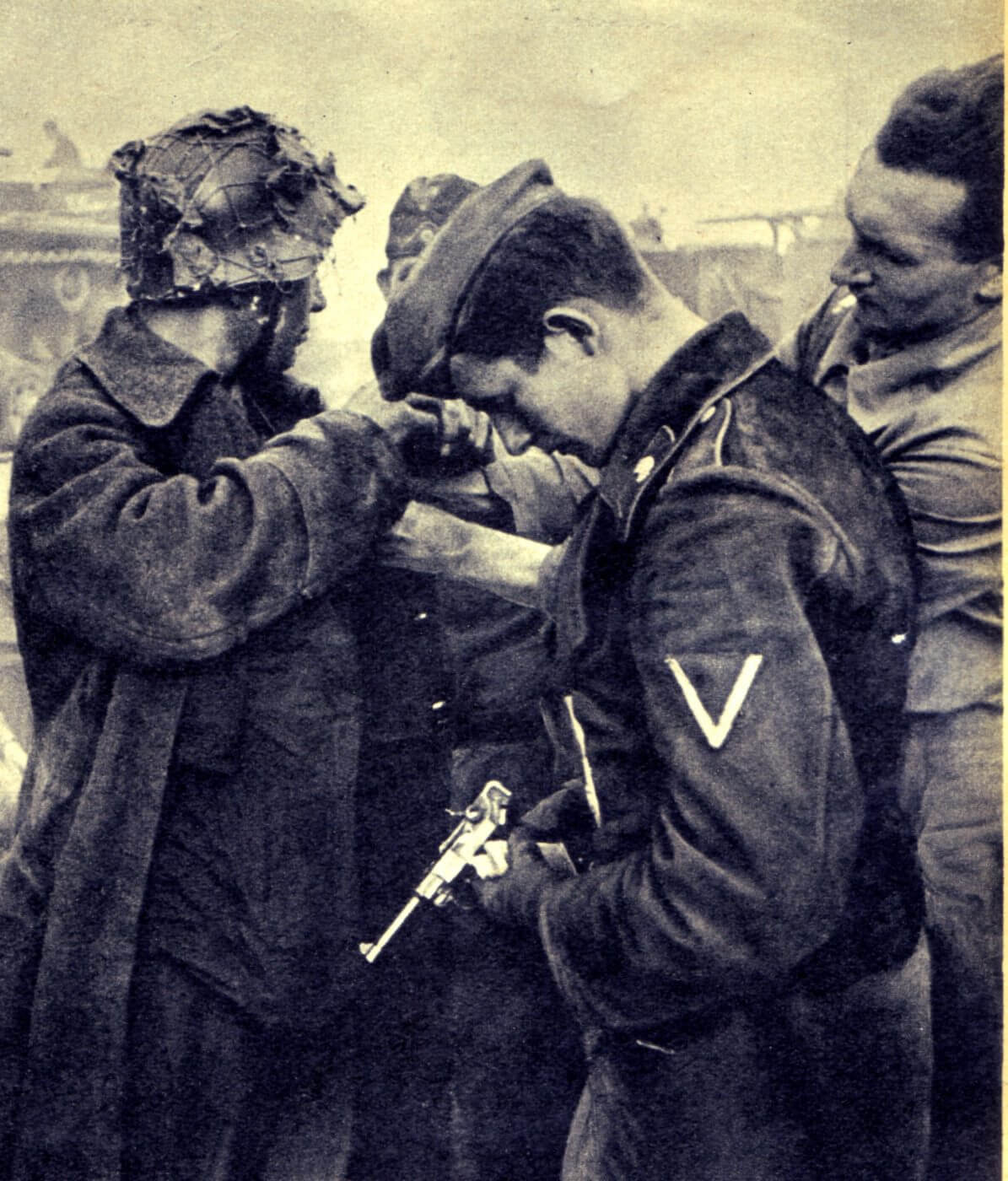
So, in 1907, the Luger was being tested by U.S. Ordnance again, this time two (or possibly three) examples were specially chambered in .45 ACP to participate in the Army’s large-caliber semi-auto pistol competition. Once again, despite decent performance in the tests, U.S. Ordnance passed on the Luger.
Remarks from the Ordnance test commission: “The Luger automatic pistol, although it possesses manifest advantages in many particulars, is not recommended for service tests because its certainty of action, even with Luger ammunition, is not considered satisfactory because of the final seating of the cartridge is not by positive spring action, and because the powder stated by Mr. Luger to be necessary for its satisfactory use is not now obtainable in this country.”
At the end of the process, U.S. Ordnance chose John Moses Browning’s genius design: the .45 caliber M1911 pistol. The Luger and the 1911 had been competitors even before they met on the battlefield. From a commercial standpoint, America highlighted the Luger’s international marketing success. The well-made (but expensive) pistol consistently enjoyed healthy sales to the civilian market within the United States.
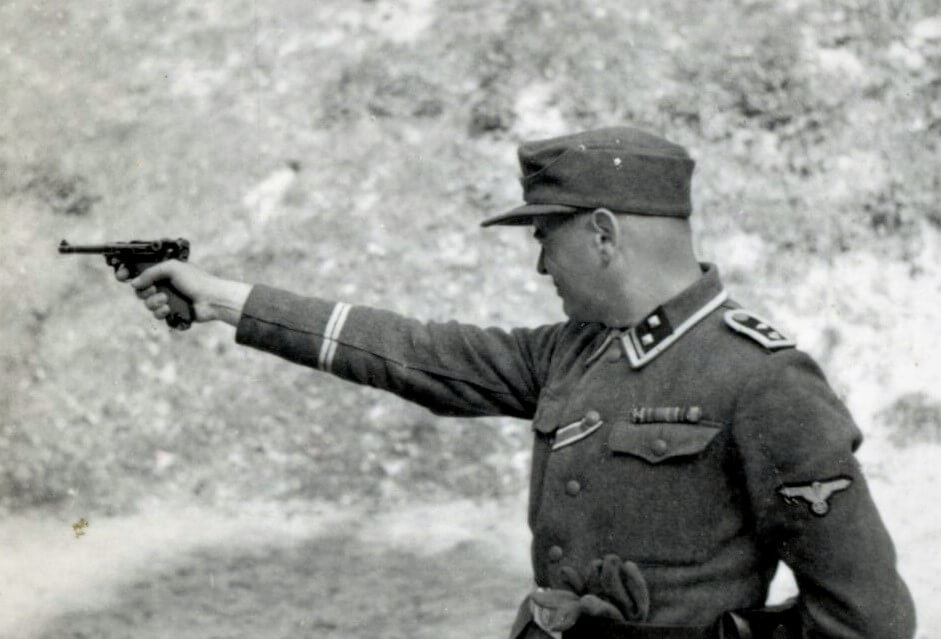
Veteran of Two World Wars
During World War I, the Luger quickly earned a reputation as a highly effective handgun — even if a bit sensitive to dirt. In a world of bolt-action rifles and revolvers, the Luger’s eight-round magazine gave German officers and trench raiders an advantage with a handful (just under two pounds) of short-range firepower.
The “Lange Pistole 08”, the long-barrel (7.9 inch) Artillery Luger, were often equipped with the 32-round Trommelmagazin 08 (sometimes called the snail drum magazine) and fitted with a wooden shoulder stock. This set-up turned the Luger into a handy, semi-auto carbine which was used by some of the German assault units. Early in World War I, before machine guns were fitted to combat aircraft, the long-barrel Luger and the Luger carbine were carried aloft by observers for the occasional pot-shot at enemy aircraft.
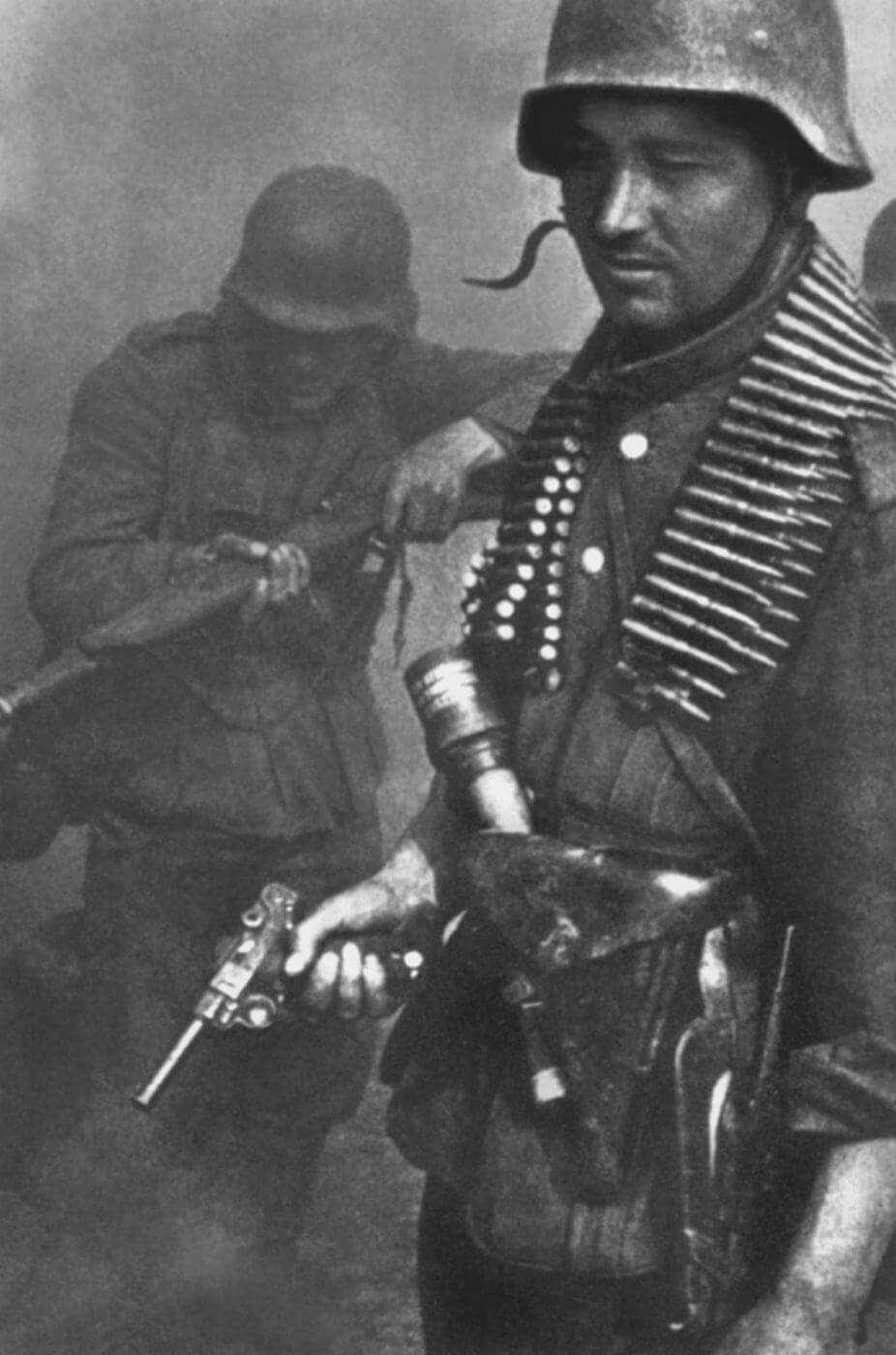
Between the world wars, the Luger continued to sell successfully. Finland, Holland and Sweden purchased the Luger in quantity as did the Chinese, where the Nationalist Government, warlords and bandits alike imported many thousands of the P.08. Despite the impression of peace after World War I, the Luger soldiered on in numerous bloody conflicts, from the Irish Civil War, the Gran Chaco War and the Spanish Civil War. In 1938, the German military officially adopted the Walther P.38 as their standard service pistol, but the Luger was far from being replaced.
In September 1939, a new generation of German soldiers began to carry the Luger, this time under the banner of Nazi Germany. Still prized for its accuracy and quality, the Luger’s combat reputation remained as it was in the Great War, providing a capable sidearm for officers, NCOs and specialist troops until the Third Reich collapsed in May 1945.
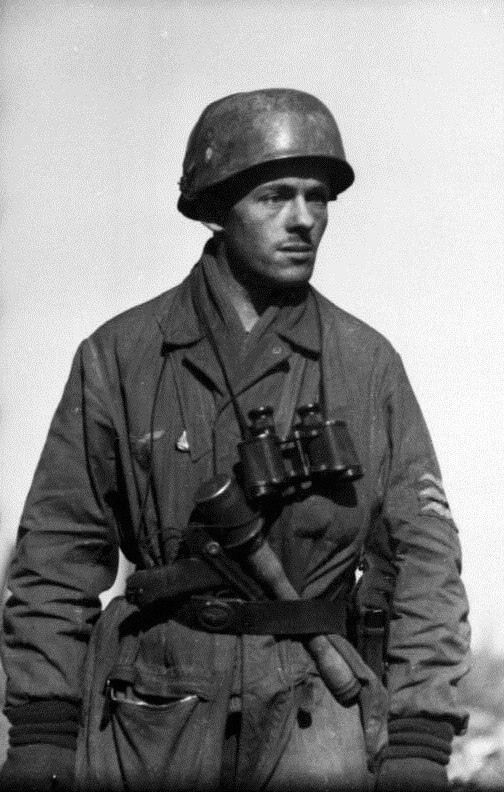
Some G.I.s and Marines were amazed to find the occasional Luger pistol in the hands of a Japanese officer in the Pacific Theater. One reason for this is that some Japanese officers had privately purchased a Luger on the commercial market during the 1930s. Another reason is that some of the Japanese units that ultimately fought American troops in places like Guadalcanal, New Guinea and Saipan had earlier fought in China or the Dutch East Indies (Indonesia). Victorious there, Japanese officers came away with war-trophy Luger pistols that they carried with them to their next battle.
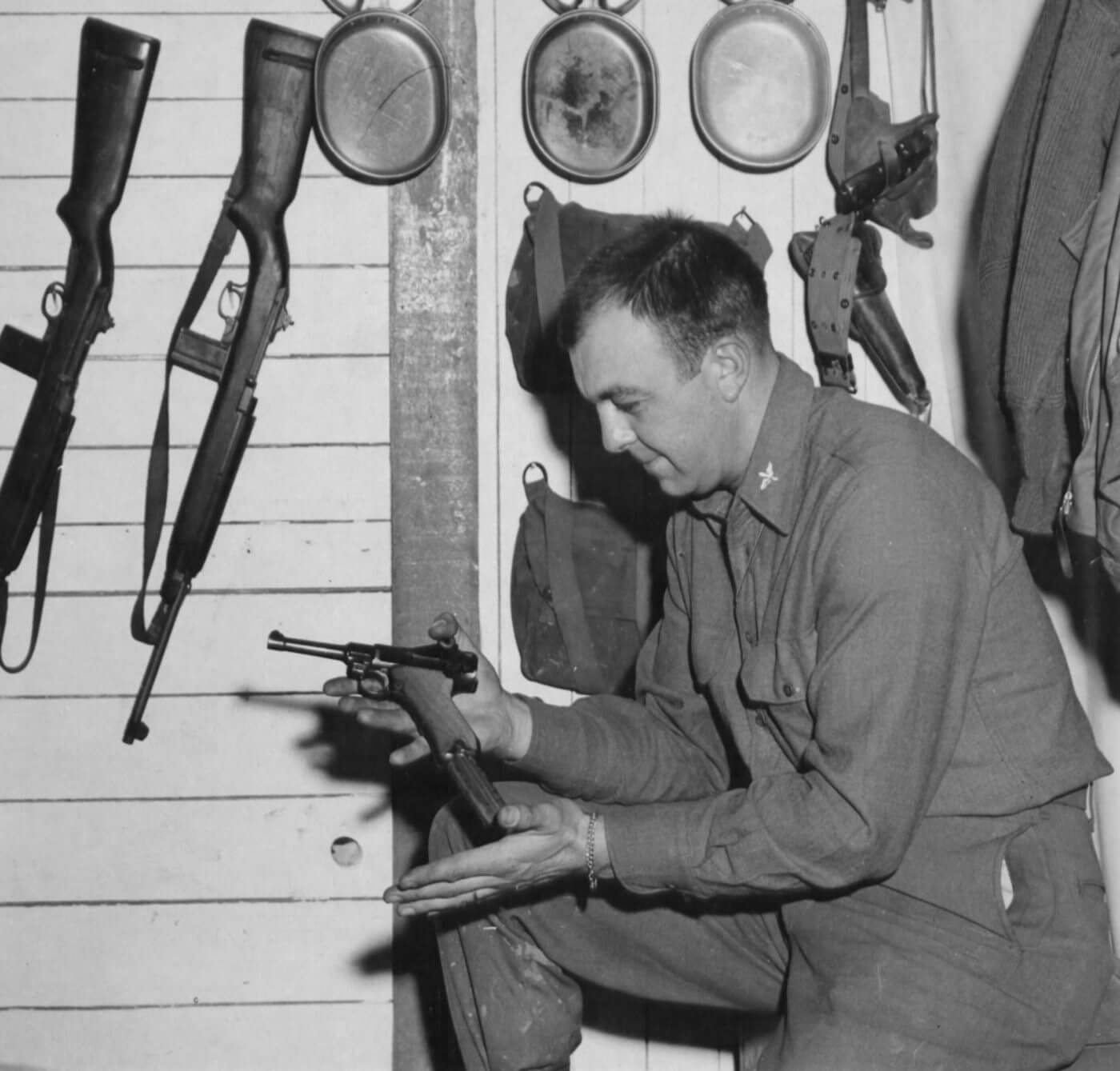
Ultimate War Trophy
For American troops in World War I and World War II, the Luger pistol was their most prized war trophy. Captured Lugers commanded premium prices from G.I. souvenir hunters, eager to have physical evidence of a personal war-story, whether they served in combat or not. Some G.I.s went to extreme lengths to capture a P.08 pistol, and this did not go unnoticed by the Germans. Many wartime cautionary tales were written about a Luger being used as bait in a deadly booby-trap. Some claims circulated about Germans executing Allied troops captured with a Luger. While this may have happened, it was never a regular practice.
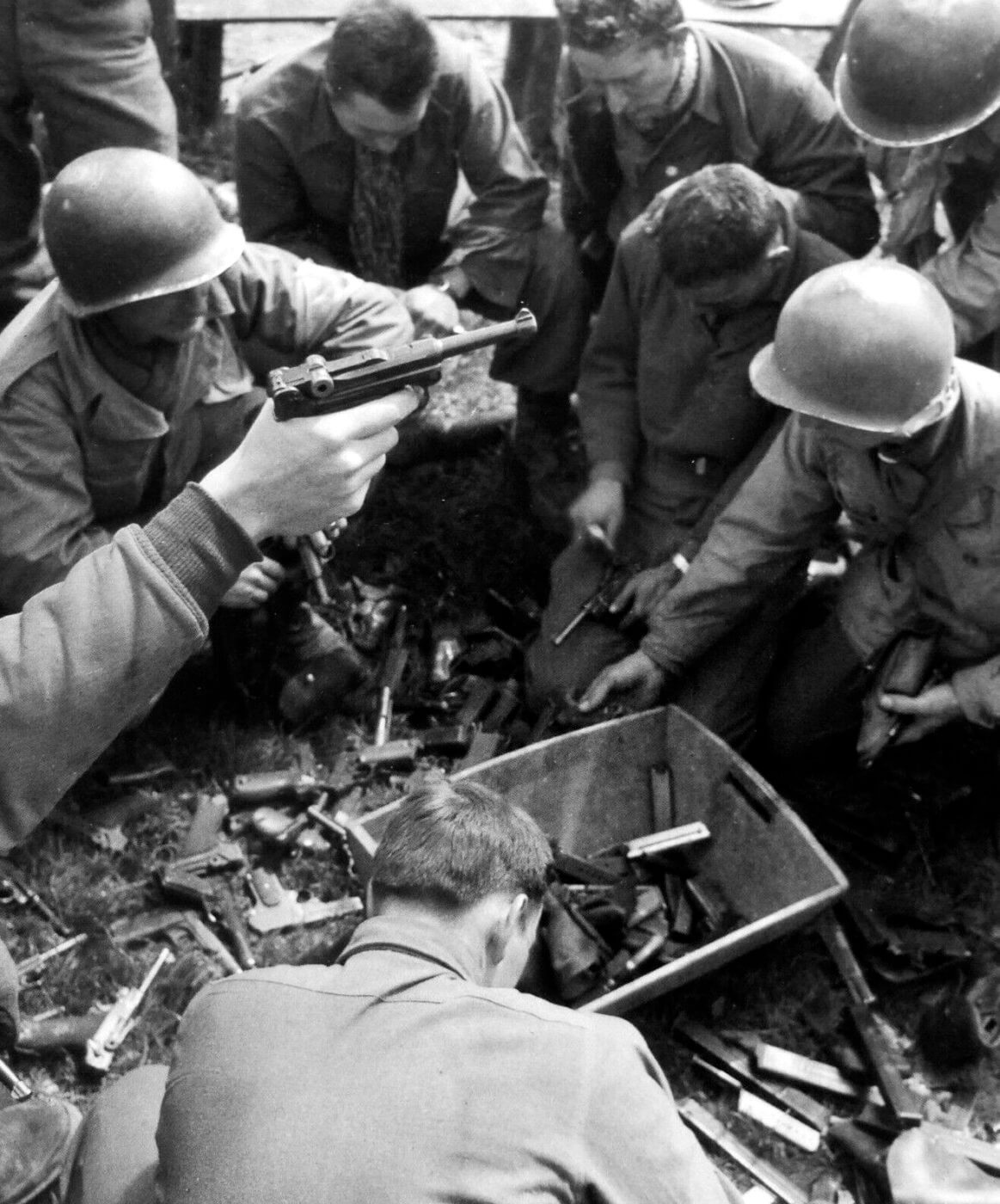
The Luger has long had a reputation of being a premium quality pistol. However, Germany’s manufacturing challenges during World War II created a scenario where many less-than perfect firearms were produced. Suspect wartime manufacturing and quality control practices crept into Luger production as well. The great W.H.B Smith wrote about this shortly after World War II in his magnificent “Small Arms of the World” (Military Service Publishing Company, March 1948). Smith explained to those disappointed G.I.s, recently home with a poor-functioning war trophy Luger:
“Lugers when commercially made by DWM and Mauser rate among the world’s finest pistols. As made in times of peace in German arsenals they are always good quality military arms. As made in times of war they vary in Germany just as they do in every other country — workmanship is comparatively crude and not up to standard. A reasonably effective check on these arms is to compare the numbers stamped on the important parts. If they are the same, they were properly fitted. If they vary, you may have a pistol made from cannibalized parts which may mean poor functioning.”
The Luger vs M1911
The Luger and the M1911 were born in the same era and were made in roughly equal numbers (about 3 million each). They faced each other on the battlefield in the two largest conflicts in human history along with several other smaller conflicts during the 20th century.
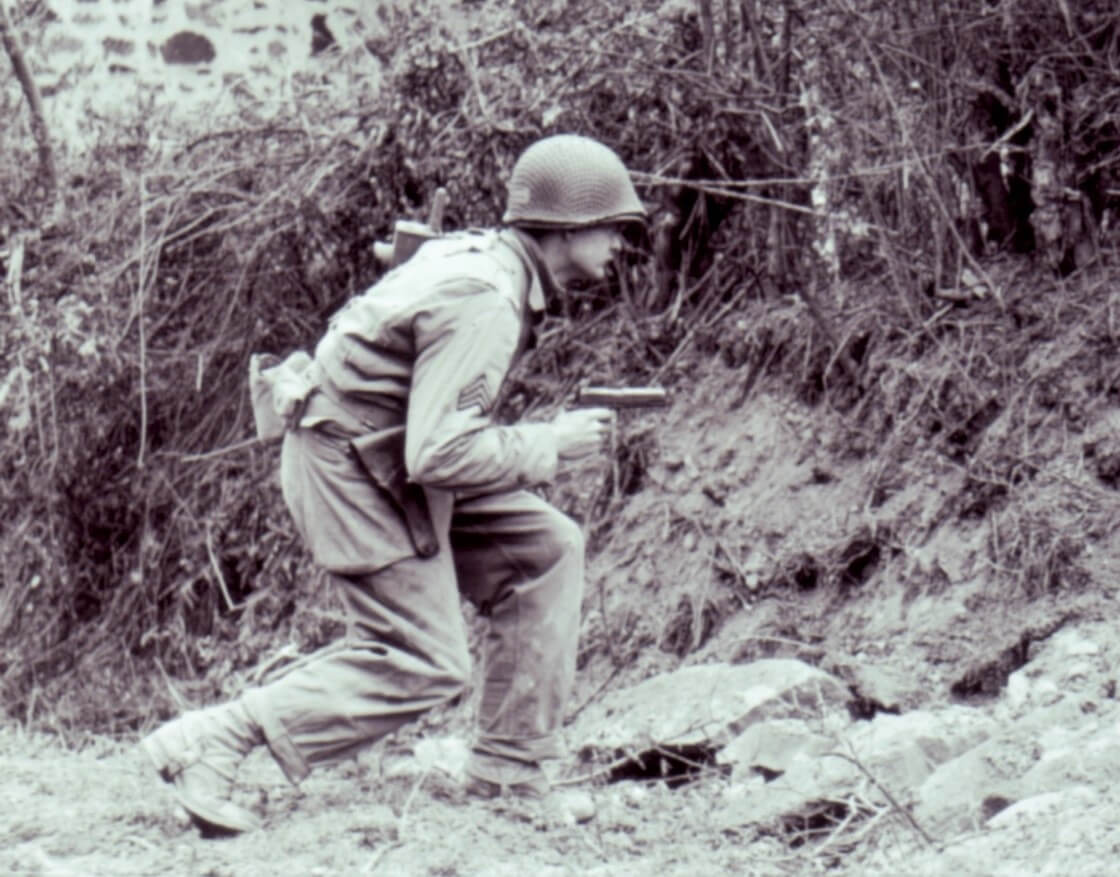
Both pistols were highly praised. Both had long combat careers and served in several militaries. The Luger seems more exotic and elegant. The M1911 presents as more rugged and powerful. From most accounts, that is the reality of the pistols in action. Combat soldiers equipped with either handgun could consider themselves fortunate.
The Luger is considered one of the most accurate pistols of its time (a “natural pointer” according to the great Elmer Keith). The 9mm cartridge (in its many variations) is regarded as more precise. Meanwhile, the M1911 and its .45 ACP cartridge is renowned for its ability to put a threat down and keep him there. The .45 is about as subtle as a sledgehammer to the face. For the most discriminating pistol shooters, their handgun is always a matter of specific preference. For the soldier in the field, his preference is to use whatever will see him safely home with his enemy laid to rest. Therein lies the major difference in pistol competitions conducted on the range and those had in a trench.
I’m no expert pistol shot, so I need all the help I can get. That is probably why I admire the Luger, but I prefer the M1911. The big .45 served my grandfather in World War I, my father in World War II and my brother in Vietnam. That’s more than good enough for me.
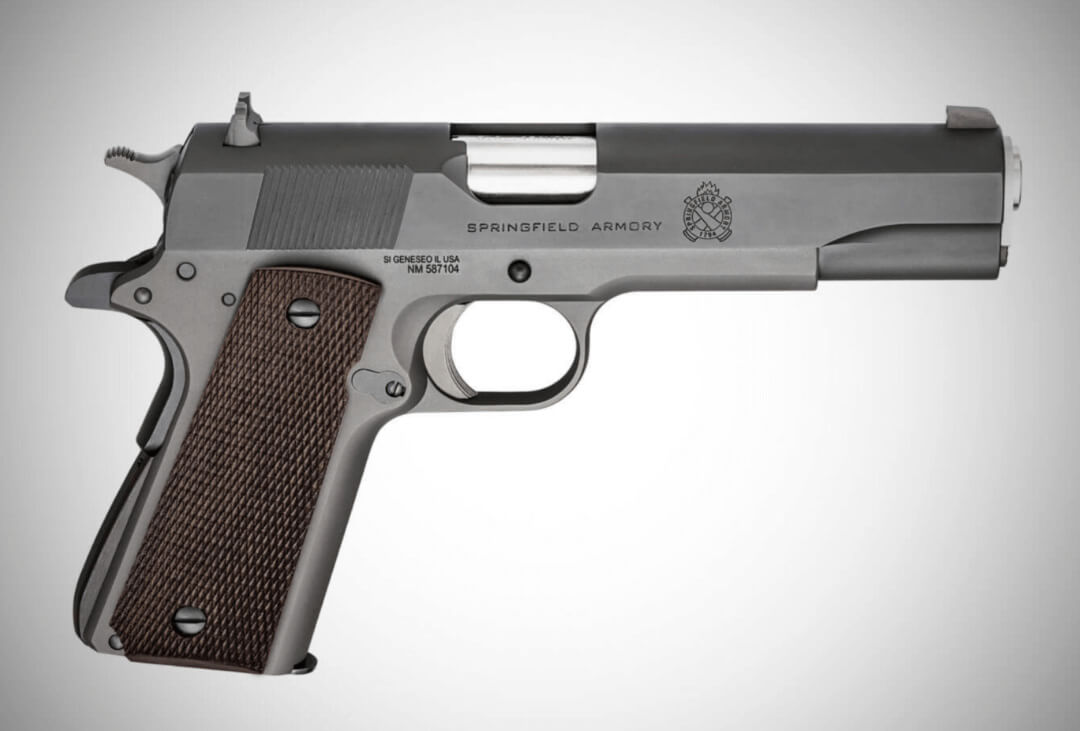
Modern Day Option
While Lugers can cost you a pretty penny (as can original M1911 pistols), Springfield Armory offers a modern version of the classic combat pistol. The Mil-Spec 1911 looks, handles and shoots like the rugged government-issue M1911 that American troops carried in World War I, World War II and throughout the hot-shooting conflicts of the Cold War. You’ll also find that Springfield has included some contemporary upgrades as well, including a stainless-steel barrel and three-dot sights. Every bit of combat-tested toughness is built into each Springfield Armory 1911 pistol.
Editor’s Note: Be sure to check out The Armory Life Forum, where you can comment about our daily articles, as well as just talk guns and gear. Click the “Go To Forum Thread” link below to jump in!
Join the Discussion
Featured in this article
Continue Reading
Did you enjoy this article?

 258
258




